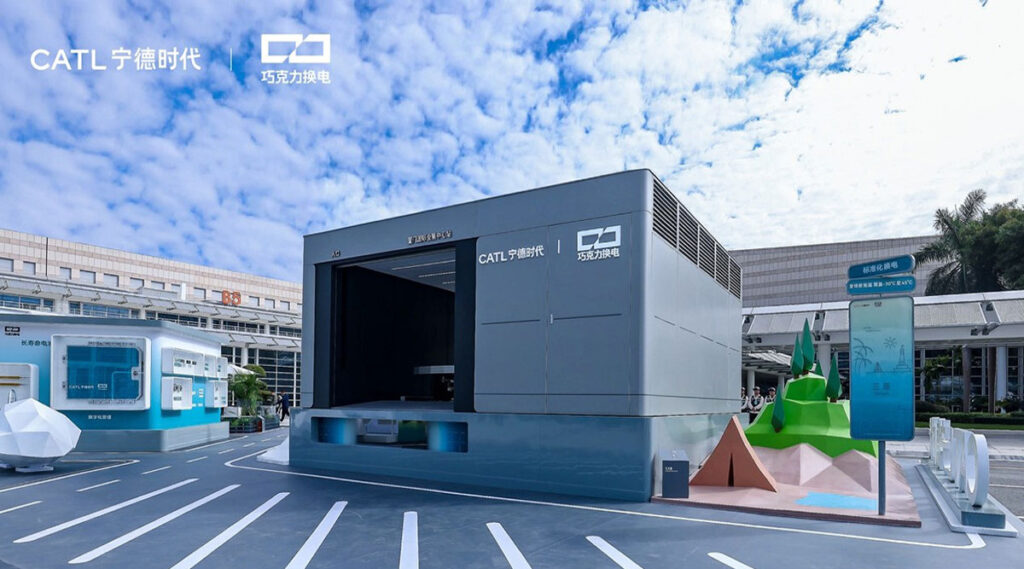Renewable Energy Takes Center Stage in Mexico’s Energy Transition
Mexico’s energy sector is undergoing a significant transformation, with renewable energy sources playing a crucial role in the country’s power mix. In recent years, Mexico has made significant strides in increasing its reliance on solar and wind power, reducing its dependence on fossil fuels.
Renewable Energy Growth
Mexico’s renewable energy sector has experienced rapid growth, with solar and wind power capacity increasing by 40% and 30%, respectively, between 2016 and 2020. In 2020, renewable energy accounted for 23.6% of Mexico’s total electricity generation, up from 13.1% in 2016.
Solar Energy
Solar energy is a key component of Mexico’s renewable energy mix, with the country aiming to reach 20 GW of installed solar capacity by 2030. In 2020, solar energy accounted for 12.1% of Mexico’s total electricity generation, up from 5.6% in 2016. The Yucatan Peninsula, known for its high levels of solar radiation, has been identified as a prime location for solar farms.
Wind Energy
Wind energy has also experienced significant growth in Mexico, with installed capacity increasing by 30% between 2016 and 2020. In 2020, wind energy accounted for 8.2% of Mexico’s total electricity generation, up from 5.5% in 2016. The states of Oaxaca and Puebla have been identified as key locations for wind farm development.
Challenges and Opportunities
While Mexico has made significant progress in increasing its renewable energy capacity, there are still challenges to be overcome. The country’s energy sector faces challenges related to grid integration, transmission infrastructure, and energy storage. However, these challenges also present opportunities for innovation and investment in the sector.
Grid Integration and Energy Storage
Grid integration and energy storage are critical to ensure a stable and efficient supply of electricity. Mexico is investing in the development of energy storage technologies, including batteries and pumped hydro storage. This will help to mitigate the intermittency of renewable energy sources and ensure a stable power supply.
Transmission Infrastructure
Upgrading transmission infrastructure is essential to connect remote renewable energy sources to the main grid. Mexico is investing in the development of new transmission lines and upgrading existing infrastructure to facilitate the integration of renewable energy sources.
Conclusion
Mexico’s energy sector is at a critical juncture, with renewable energy playing a key role in the country’s power mix. While there are challenges to be overcome, the opportunities for growth and innovation are significant. As Mexico continues to transition to a low-carbon economy, it is essential to prioritize grid integration, transmission infrastructure, and energy storage to ensure a stable and efficient supply of electricity.




.png?w=150&resize=150,150&ssl=1)


